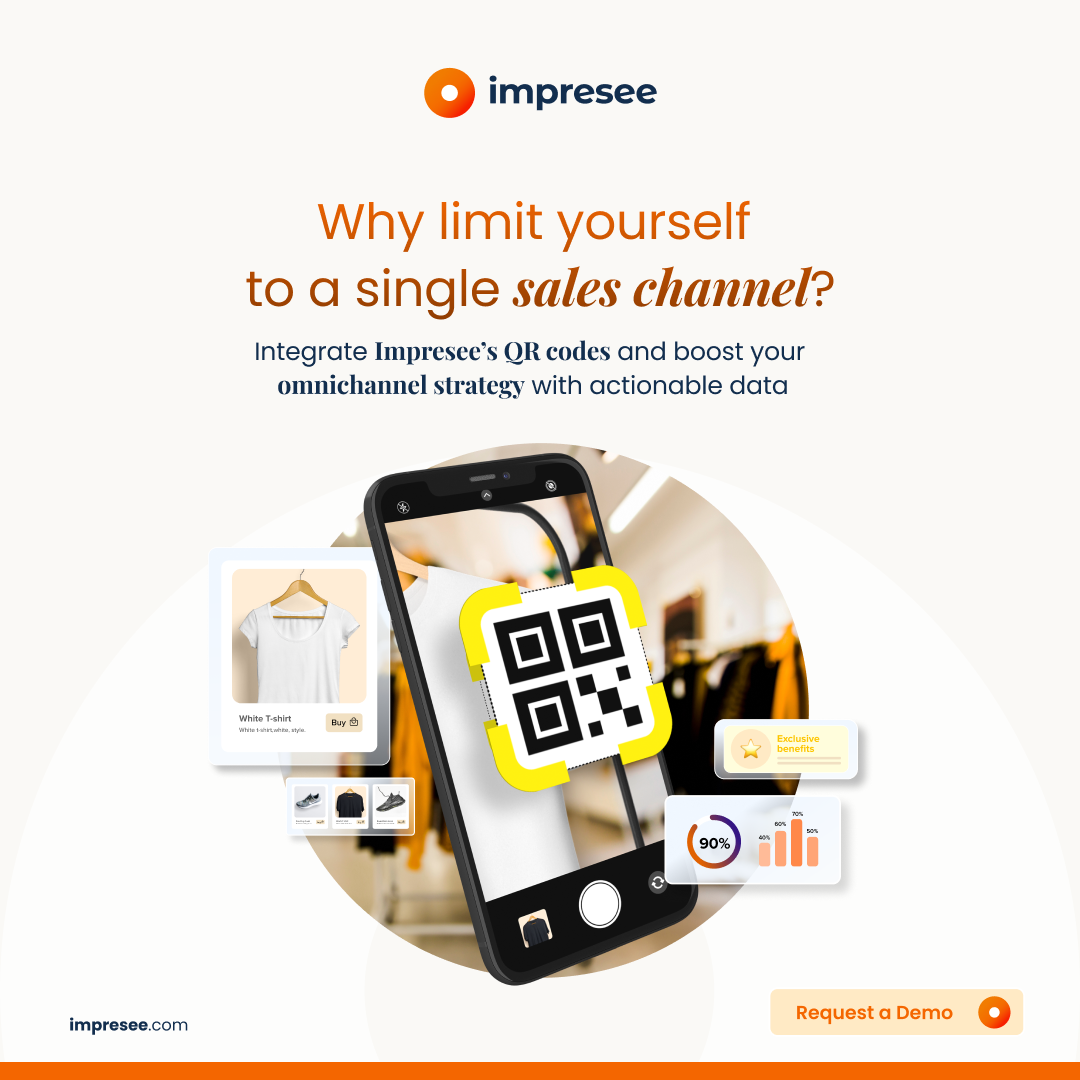Today we’ll share 6 key metrics for eCommerce to help you measure the development and allow you to make the best decisions for your business.
Nowadays there’s a lot of available information on customers who visit and buy products in your eCommerce.
Even more so if you’re already using the intelligence of Impresee, you can identify important key metrics for eCommerce and better meet your customers.

1. Average Order Value (AOV):
The Average Order Value measures the average revenue generated by each order in your online store.
It is a KPI of great importance, which manages to measure the average spending of users.
To measure the AOV you only need two pieces of information:
- The total amount of sales during a given period of time.
- The number of orders placed during the same period.
2. Conversion Rate (CR):
The Conversion Rate is one of the fundamental indicators of any eCommerce since it gives you an idea of the health of your business.
This indicator measures the percentage of customers who perform a desired action on the website, such as making a purchase, with respect to the total number of visitors.
You can compute this metric with the following formula:
(Orders / Total visits) x 100 = CR
With this, you can track several points of interest, you just need to set objectives according to the actions you wish to measure on your site to make the comparison.
If you want more information regarding CR you can check out this Shopify article where they explain how to work with this key metric.
3. Shopping Cart Abandonment Rate
The abandonment rate seeks to measure the percentage of visitors who add products to the shopping cart but abandon the website before completing the purchase.
Failure to complete the desired action is a lost sale. If the percentage is high, a determining factor must be evaluated to determine the cause.
There are multiple abandonment factors, the most frequent one being the costs associated with the shipping of the product. Other factors are points such as delivery times, lack of information, or technical factors.
Calculating the abandonment rate is quite simple, you only need to obtain the number of customers who have added at least one product to the shopping cart, versus the number of customers who have completed the purchase process.
The formula to compute the abandonment rate within your eCommerce is as follows:
(N° of users who have not completed the purchase / N° of users who added an item to the cart and have completed the process) x 100 = Abandonment Rate.

4. Customer Retention Rate
The Customer Retention Rate measures the percentage of customers who return to make additional purchases within a given time.
This metric allows us to get an idea of how many new customers were acquired versus how many were lost.
The metric should be calculated using the following formula:
[(No. of customers at the end of X period – No. of new customers acquired during X period) / No. of customers at the beginning of X period] x 100 = Customer Retention Rate
On the one hand, if we maintain a high retention rate, we can say that customers are loyal.
On the other, if we identify a low retention rate, we can deduce that we are generating new customers, but very few of those repeat a purchase.
5. Customer Lifetime Value (CLV)
One of the most important eCommerce metrics is the Customer Lifetime Value which measures the total amount of money a customer will spend on eCommerce over the duration of their business relationship.
Customer Lifetime can be divided into different phases of customer development and behavior on the website.
We start with the customer acquisition or conversion process at the moment the first order is placed.
In the second instance, a periodicity of events related to the same visitor starts occurring, managing more orders within your store.
Then we move on to a stage of maturity, where we have a loyal customer who keeps purchasing.
Finally, there is the stage of decline, where we lose that continuity of purchase by the customer until they stop buying products completely.
For the same reason, it’s important to maintain the maturity stage of the customer as long as possible, where you can also generate customer loyalty through different commercial techniques (such as special discounts, memberships, and others).
The CLV is important for eCommerce because it allows you to make the best decisions when defining how to invest time and money into getting the right customers for your business.
Defining a formula for this metric is difficult given the multiple factors you can consider, but we can summarize it as follows:
(Total spent by the customer – Investment cost) / X time = Total per year
There are several websites and applications that can help you calculate the Customer’s Lifetime Value.
6. Revenue per visitor (RPV)
Revenue per visitor measures the average amount of money generated per visitor, hence, it allows you to visualize how profitable your eCommerce platform is.
The formula goes as follows:
Total revenue / Total visits to your platform = RPV
This metric alone will not allow you to know what to change to optimize your campaigns, but it will allow you to draw conclusions, (with the help of other metrics) to have a clear picture and identify profitability points.

Want to know more?
At Impresee we can help you optimize your sales strategies!
Have your customers empower your eCommerce and take your store to the next level. ?


